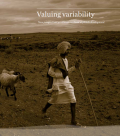
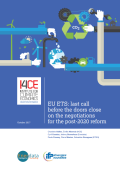
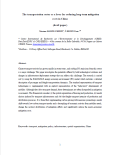
Chinese transport activity has grown rapidly in recent years, and curbing CO2 emissions from this sector is a major challenge. This paper investigates the potentials offered by both technological solutions and changes in infrastructure deployment strategy that can address this challenge. The research is carried out by using the IMACLIM-R energy-economy-environment (E3) model which includes a detailed description of passenger and freight transportation dynamics. The standard representation of transport technologies is supplemented with an explicit representation of the “behavioral” determinants of mobility. Although they drive transport demand, these determinants are often disregarded in mitigation assessments. This framework considers (i) the spatial organization of housing and production, (ii) modal choices induced by transport infrastructures and (iii) the freight transport intensity of production and distribution processes.
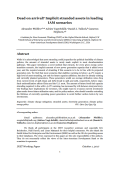
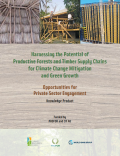
The report "Harnessing the Potential of Productive Forests and Timber Supply Chains for Climate Change Mitigation and Green Growth" evaluates opportunities for harnessing the potential for climate mitigation and green growth in the forest sector. The analysis focuses on mitigation benefits related to carbon storage in planted forests, harvested wood products (HWP), and the substitution of materials. This emphasis on the role of forestry in climate mitigation in developing countries fills an analytical gap—until now, the role of the productive forest sector has largely been ignored. In addition, the analysis quantifies the climate change adaptation benefits of investments in the HWP supply chain, such as creating economic opportunities and increasing resilience.
Under current conditions, the supply of HWP is unlikely to keep up with expected demand. Increasing economic and population growth in the study countries will drive greater consumption of HWP. Without making the recommendations suggested in this report, increasing consumption will result in large HWP supply gaps.
